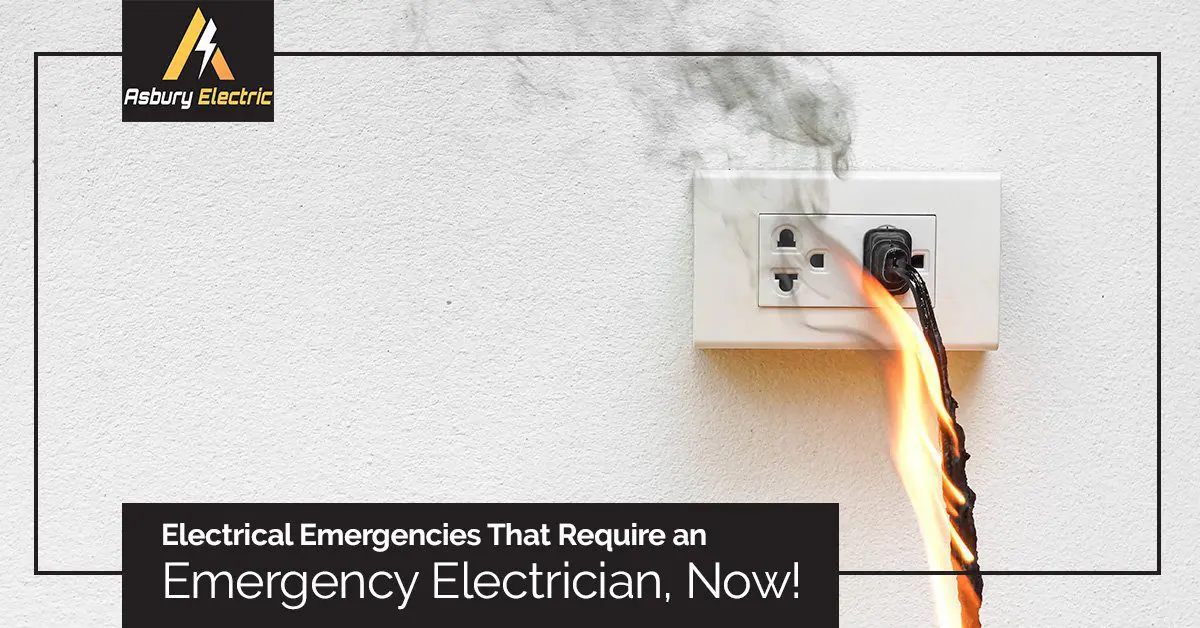We use electricity in almost every aspect of our lives, and sometimes we forget the danger. Following a safety checklist and keeping the electrical components of your home well-maintained are great ways to prevent your systems from malfunctioning and becoming dangerous. You could easily save lives if you know what to do in an electrical emergency.
Calling your local 24 hour emergency electrician is crucial but first you need to make sure everyone is safe.
Causes of the electrical emergency
It is important to be able to identify what an electrical emergency is – the signs and identifying factors, and what can cause them. Electrical emergencies can occur when a wire or appliance carrying an electrical current is exposed and comes into contact with an unintended conductor (metal, water, people).
Emergencies could occur if a wire comes loose in an appliance, if a young child bites through a power cord, if a high voltage wire falls into the road, if you come in contact with an underground power line, or from lightning strikes. These are only a few examples but they can all cause damage.
Don’t become another victim
The most important thing to know when dealing with an electrical emergency is to survey the situation first to ensure that you or anyone else do not become a second victim. If someone is still in contact with the electrical source, the victim’s body will act as a conductor and the electricity will shock anyone who touches them.
In every situation, the best thing to do is to turn off the electrical source. If you are in your home, flip the circuit breaker to turn off all power sources. If you are dealing with an electrical emergency involving overhead wires, underground cables, or large machinery, clear the area. Stay at least 30 feet away and call 911 immediately.
Overhead wires are usually not insulated and sparks can leap from them. They will contact whoever is in charge of the power source and have it shut off. If you are in a large machine (bulldozer, backhoe, etc.) or a car and haven’t been shocked, it is safer to stay where you are until the power source has been turned off. Only move from the machine if you have to due to fire or a bigger threat.
Help the victim
Once the power source has been turned off or you are positive the victim is no longer in contact with the electrical current, only then should you go to aid the victim. If you cannot turn off the current, you can move the person away from the electrical current using nonconducting material such as cardboard, plastic, or wood. The extent of injury will vary based on the type of contact the victim had and the amount of voltage they were exposed to. By knowing what to do in an electrical emergency, you can save lives. Victims may not show marks outwardly from the electricity, but there are many other signs to look for.
When to call 911
- severe burns
- confusion
- seizures
- loss of consciousness
- confusion
- difficulty breathing
- heart rhythm problem
- muscle pain and contractions
- cardiac arrest
If the victim experiences any of these symptoms, call 911 immediately. While waiting for help, you can help by keeping the victim warm and covering any burns with sterile gauze. Be careful when covering burns – if you do not have sterile gauze, do not cover the burns. Other materials, such as blankets, can stick to the burns. If a victim is not showing signs of circulation (breathing, coughing, or moving), begin CPR until help arrives.
Although they are almost always unpredictable, knowing what to do in an electrical emergency is extremely important. Our lives are run by electricity, so we will almost always be in contact with it in one way or another. Remember – you can’t help anyone if you become a victim, so use caution when dealing with electrical emergencies. Stay informed and stay safe!
For more information about electrical shock first aid, check out this article by the Mayo Clinic. https://www.mayoclinic.org/first-aid/first-aid-electrical-shock/basics/art-20056695

